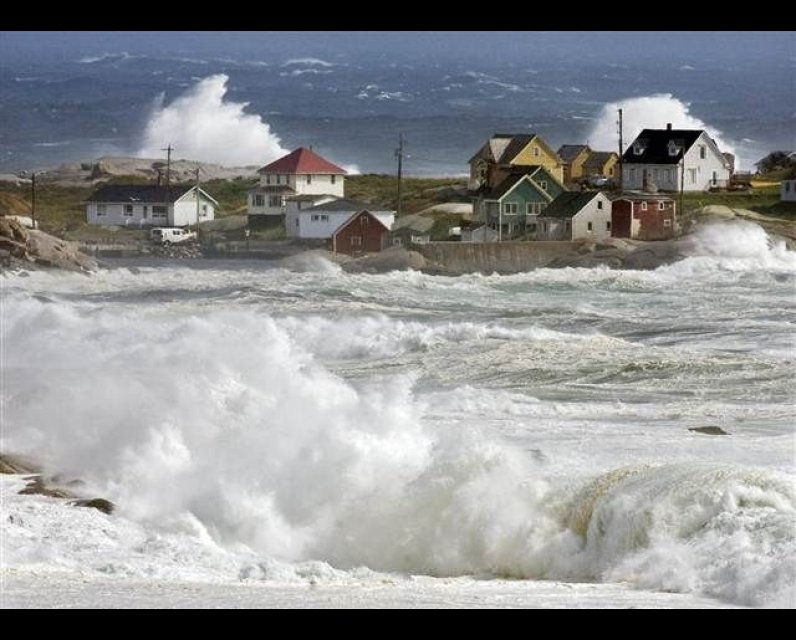Warning message
- Last import of users from Drupal Production environment ran more than 7 days ago. Import users by accessing /admin/config/live-importer/drupal-run
- Last import of nodes from Drupal Production environment ran more than 7 days ago. Import nodes by accessing /admin/config/live-importer/drupal-run
Unpublished Opinions
Paul Strome’s Bio
Paul has two adult daughters and he has lived with First Nations, Inuit and Metis for a significant part of his life. After graduation from the University of Waterloo in Anthropology, he worked in the Northwest Territories/Nunavut as an educator, so he experienced the culture, language, and geographic parameters with indigenous people for 12 years. He has seen first hand how indigenous people of Canada are treated. This impassioned him to petition the government at every opportunity to bring about the United Nations Declaration of the Rights of Indigenous People.
After he moved to southern Ontario as an educator, he ran the extra-curricular Outdoor Education Club in addition to his classes, in one of the largest high schools in Canada training and taking students on canoeing, hiking, climbing, snow-shoeing and dog-sledding expeditions. He has canoed/kayaked many of Canada’s Heritage Rivers and has lived in or travelled to every province and territory in Canada which has broadened his concerns about environment and social concerns. These experiences have intensified his deep-seated love and admiration for Canada.
As an elder and David Suzuki Ambassador he has championed the Blue Dot Movement in Unama’ki and in recent years was the Atlantic Regional Representative for the Council of Canadians. He collaborates and networks for the common good with other like-minded organizations. He is well-known as an environmentalist/social activist throughout Unama’ki (Cape Breton Island) and beyond. He has met personally with many municipal, provincial and federal politicians to encourage them to adopt sustainable environmental and social changes to address climate change. He has also done the same at schools, community colleges, libraries, community halls and Cape Breton University.
Paul Strome: Nova Scotia Coastal Protection

Having lived in the arctic for many years and visited many other coastline areas of Canada I am very concerned about our coastal preparedness, especially when politicians are not responding in a meaningful way commensurate with the degree of an imminent global climate emergency.
Every scientific environmental indicator points to a continued warming of the planet for the foreseeable future and therefore the melting of the world’s glaciers at unprecedented rates will continue for the foreseeable future. With 13,300 kilometres of coastline, Nova Scotia is particularly vulnerable to the inevitable sea level rise and only 5% is currently publicly protected.
The public needs to realize the Environment Minister’s statement referring to 13.1%, is the current amount of land under the total Protected Areas Network, which the coastline is part of. That leaves the lion’s share to be dealt with including the low lying area between Nova Scotia and New Brunswick. The Chignecto Isthmus is located along the border between New Brunswick and Nova Scotia. It is the only road and rail connection between the two provinces. Located near the Northumberland Strait and Bay of Fundy, the isthmus is threatened by rising sea levels and more frequent severe weather events. So, who can we expect to handle this issue?
We have an obligation and a responsibility to have a regulatory framework that will serve the province’s interests and that’s what politicians are responsible for. Most people understand that we have a choice to “pay now to address climate change issues or pay a great deal more later when these issues evolve into much greater concerns”. Given the enormity of the problem, Nova Scotians deserve and need to demand a co-ordinated Climate Action plan at the Federal, Provincial and Municipal levels.
This is a time when all Canadians desperately need to see our elected leadership step up to the plate and do the right thing to address the biggest challenge in human history. Maybe our provincial government hasn’t noticed but humanity has a climate emergency on its hands and they are the ones who have been elected to take their leadership role seriously.
After nearly a decade of very expensive and meticulous consultation, research, planning and collaboration on the issue many Nova Scotians expected and thought a cohesive coastal protection plan was imminent. The Nova Scotia government’s latest decision to shelve the coastal protection act is a shock and it is not in the public’s best interest whatsoever.
For our provincially elected representatives to leave individuals and municipalities in charge of making significant long term decisions to address monumental climate change issues is abrogating their responsibilities. I am extremely disappointed in this week’s announcement that the provincial government will not be passing the Coastal Protection Act. I urge every Nova Scotian to communicate (in any non-violent way they can) with the provincial government to reconsider their decision.
In the past, we have come together to support Black Lives Matter; to protect our environment against Alton Gas and our water from proposed mining operations; to stop the spraying of poisons on our forests; to prevent fracking, and very recently to support universal pharmacare. These are all important social justice issues and coastal protection falls into that same category.
Now is the time for the citizens of Nova Scotia to join together and let our elected officials know how we feel about this issue. Our futures depend on it.



Comments
Be the first to comment